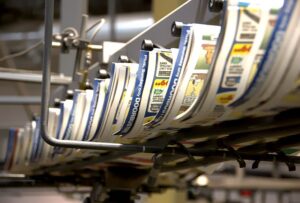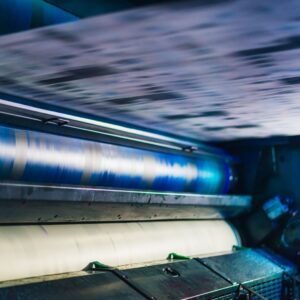Introduction
Offset ink formulation is a critical aspect of the printing industry. For those unfamiliar with the term, offset ink is a type of ink used in offset printing. This printing method is widely used in the commercial printing industry, and offset ink is essential to its success.
The Components of Offset Ink Formulation
Offset ink formulation involves the careful combination of various ingredients, including pigments, resins, solvents, and additives.
Pigments
The primary goal of offset ink formulation is to create an ink that can be transferred effectively from the printing plate to the printing surface, resulting in high-quality images and text. One critical aspect of offset ink formulation is the choice of pigments. Pigments are the components of ink that give it color, and there are many different types available. Some pigments are more suitable for certain applications than others, so it is crucial to select the right pigment for the job.
Resins
Another important consideration in offset ink formulation is the use of resins. Resins are responsible for the adhesion of the ink to the printing surface, as well as its resistance to smudging and rubbing. Different types of resins can be used to achieve different effects, such as glossiness or durability.
Solvents
Solvents are also a critical component of offset ink formulation. Solvents are used to dissolve the pigments and resins and make them suitable for printing. However, it is essential to choose solvents that are compatible with the printing surface and that evaporate quickly, leaving behind a clean, dry print.
Additives
Finally, additives are used to modify the properties of the ink. For example, some additives can improve the flow of the ink or increase its resistance to water or heat. Other additives can enhance the drying time or prevent the ink from drying out too quickly.
Conclusion
In conclusion, offset ink formulation is a complex and essential process in the printing industry. By carefully selecting and combining the right pigments, resins, solvents, and additives, printers can create inks that produce high-quality images and text. With the right ink, printers can achieve outstanding results that meet the demands of their clients and customers.






